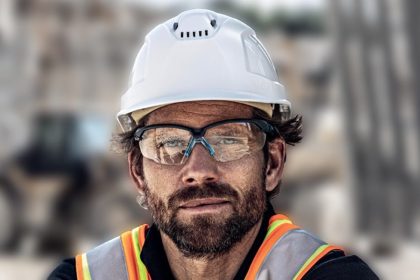The NSW capital remains Australia’s most expensive city for construction with costs skyrocketing to AUD$4,522 per square metre.
According to Turner & Townsend’s latest International Construction Market Survey (ICMS) 2024 report, Australia’s construction price hikes show no sign of abating anytime soon.
Sydney and its coast-facing property line retain its title from last year as the country’s most expensive place for construction, with a shortage of housing supply seeing costs soar in the suburbs.
But thanks to the Queensland Government’s commitment to multi-billion dollar infrastructure builds in its capital, Brisbane is shaping up to knock the harbour city off its throne.
Recent impressive union deals landing tradies a hefty payday and a rapid escalation in major projects in the lead-up to the hotly anticipated Brisbane 2032 Olympic and Paralympic Games have forced construction costs to climb up to $4,198 per square metre in the city in 2024.
With the rise bumping the city in front of Perth to become the country’s second most expensive place to build, the report predicts ongoing labour shortages will only see costs soar even higher in the coming years.
RELATED: Viral tradie wage revelations spark social media storm
Even with the average hourly wage growth for tradies holding steady over the past year, rising from AUD$96.94 in 2023 to AUD97.09 in 2024, Australia remains the world’s third most expensive region for construction labour costs, trailing only behind North America and Europe.
As a whole, construction costs across the nation have increased from AUD$3,903 per square metre in 2023 to AUD$4,069 per square metre in 2024.
On the road to recovery
However, while the news looks bleak for builders hoping to cut costs ahead of worrying inflation figures, Turner & Townsend’s head of real estate, Julian Kerwood, said the market has actually performed better than expected over the last 12 months.
“The stabilisation in building material costs has meant that average cost escalation for the region is forecast to be around 3.7 percent in 2024, which is 1.9 percent lower than last year,” said Kerwood.
Looking ahead, Kerwood seemed optimistic that a strong pipeline for public and private sector projects supporting the net-zero transition would help prop up the industry with a healthy amount of construction activity towards the end of the decade.
“The work being done by governments to address key areas such as housing supply and clean energy production and transmission is shaping a much stronger outlook for the sector,” he added.
“These policies should attract support from the private sector and open the door for new opportunities for growth in the years ahead.”
But the troubles facing the sector are far from over, with Kerwood emphasising the need for a strong collaboration between government and private developers to keep construction costs from spiralling.
“Cost escalation continues to remain high across Australian markets, driven by labour supply shortages and construction union wage increases,” said Kerwood.
“Addressing the near-term challenges for the construction sector will require prompt action to increase housing supply across the regions to enable the construction workforce to migrate to where the demand is.
“The long-term success of the construction sector will require collaborative efforts to identify future sectors of growth and focus on targeted training programs to upskill the local workforce or attracting international skills to the region.”




